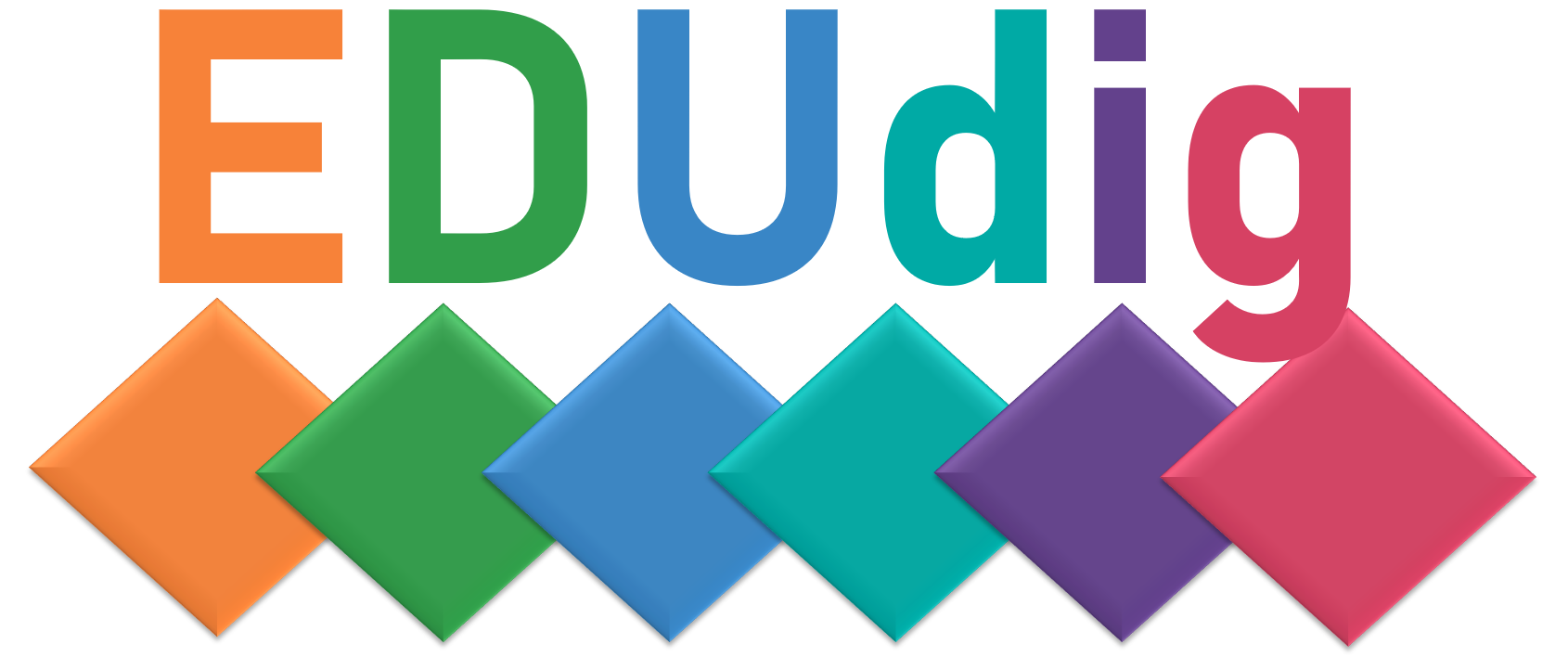Digital game-based learning (DGBL) is a method in which (mainly) digital games are used to deepen a topic through playful learning elements.
„In the field of education, game thinking means solving problems with game-like concepts, looking at how learners can be motivated to create engaging learning environments and supporting students in their learning process. […]“ (Bovermann, Bastiaens 2020)
As games are primarily played in teams, DGBL can be perfectly used for collaborative learning initiatives.
Game elements: Game-based learning uses game-like elements such as leaderboards, progress bars, points or badges in online learning environments to foster students’ motivation to reach a defined (learning) goal – i.e., students get an “expert badge” when they complete a pre-defined number of learning tasks or interactions.
Motivational aspects: The four identified needs that are essential for (intrinsic) motivation, autonomy, competence, relatedness, and purpose, define the motivational basis for the game mechanics. Direct feedback through game elements/mechanics (i.e., badges) can increase students’ motivation in (online) learning.
There exist various complex game-based learning tools. The following tools only use simple game elements like points or rankings:
Kahoot: creating quizzes (single playing or team playing); teacher defines questions including time limits. Speed of answering and correctness of the question determine the number of points. It’s a live quiz (synchronous use).
Quizalize: create quizzes or use existing quizzes from Quizalize library. Assign follow-up activities to any quiz. Play in-class games or assign as homework. Visualize student performance and monitor improvements.
Reference: Bovermann, Klaudia; Bastiaens, Theo J. (2020): Towards a motivational design? Connecting gamification user types and online learning activities. In: Research and Practice in Technology Enhanced Learning 15 (1), S. 1-18.
